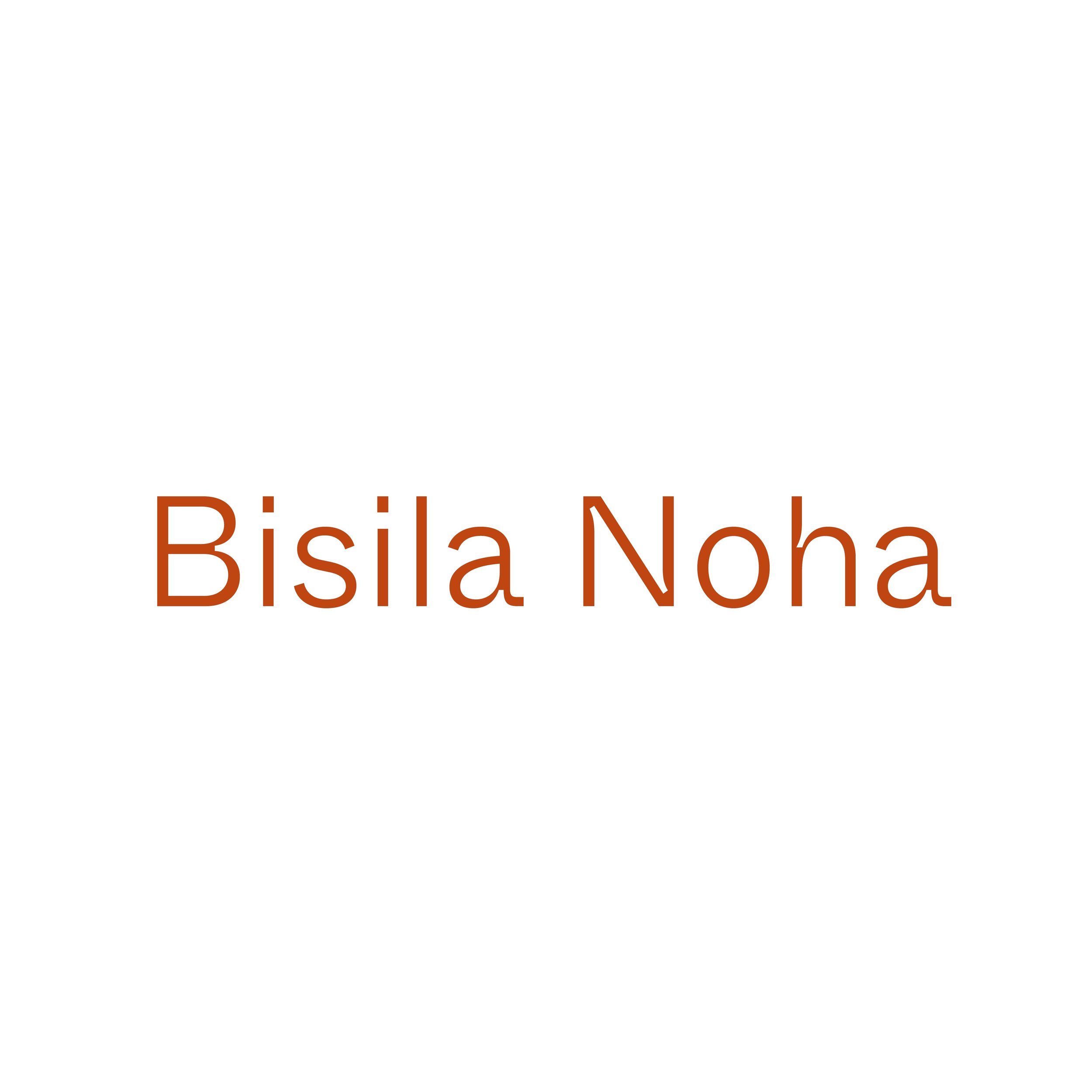On belonging and clay
Thanks to the Baney Clay: An Unearthed Identity project I started connecting with my ancestors and my blackness, my African half.
As I then said, that half of mine I had ignored. Maybe because of the lack of contact with the land I came from, maybe because of internalised racism I wasn’t aware of as a result of the need I felt growing up to prove my Spanishness in an all-white society.
I thought I was someone else.
I didn’t know myself.
I also used that project to honour my ancestors as many cultures do through pottery. It was a vague idea that of my ancestors then, I have learnt.
Baney Clay pieces at Gatherers exhibition (Thrown Contemporary, 2020)
Three years after I developed that project and thirteen after my first trip to Equatorial Guinea in 2010, I came back. Our second big family trip to Baney, my father’s home village, with my 35th birthday in the middle of it.
Once there I discovered the connection I had developed — unknowingly — with my family there. They had read about the project, they loved it and the pride with which they talked about it was palpable, moving. This filled me with infinite joy.
This project was instrumental in the development of a strong connection with one of the lands I come from — both literally and metaphorically. Working with the Baney Clay got me closer to a land that had otherwise always been and felt so distant.
Once there, the gap finally closed.
I felt that connection and deepened it.
Visiting the Centro de la Cultura Ecuatoguineana (The Equatoguinean Cultural Centre) in Malabo we were shown the pieces that will be exhibited in an upcoming exhibition about Fang art. The Fang are one of the main tribes in EG, mostly based in the continental part of the country. My tribe are the Bubis, from the Bioko Island.
When I was researching for this project, I didn’t find much about Bubi ceramics in the Island. My family didn’t know about a local pottery tradition. And then I worked the clay and experienced how it couldn’t be used on its own; it would crack. Was there ever pottery in the Bioko Island? Was the fact that the soil doesn’t seem to be fit for purpose combined with the distance to the Continent the reason behind the lack of a tradition? So many questions and so hard to find information in the distance…
Lo and behold, among the pieces awaiting their display at the Cultural Centre there were two ceramic vessels. It seems that in the continental part of EG there is a pottery tradition that has been preserved. Different tribe, different soil, different history.
Right after this visit, we went to the Centro Cultural de España (Spanish Cultural Centre). We were introduced to the Director to whom I told about my work and my interest in the pottery history of the Bioko Island. She told us that a new archeological site has just been found in another Equatoguinean island, Corisco, which is full of ceramics. The Spanish and local governments are working together to hopefully open a museum in the future.
Another area, another history.
Through the Searching for Kouame Kakaha: A celebration of the unnamed women of clay; our shared mothers and grandmothers project I wanted to search for (and connect with) our shared mothers and grandmothers. A lineage of women who precede us whose wisdom and labour we hold. Now that I am developing a real connection to my own ancestry in a very meaningful and transformational way — not only the African one, but also the Spanish —, I am realising how through that project I was trying to fill a void. Find that lineage through clay I had not felt through blood. I am proud of where I come from, Soria in Spain and Baney in Equatorial Guinea. At the same time, the fact that I was born and raised elsewhere, in Zaragoza, with little to zero connection to either heritages, made me feel somehow unrooted. Thanks to pottery and how I approach and experience it not only have I developed a sense of belonging that goes beyond borders and blood; but also one with my own family.
When I started the Baney Clay project I asked my uncle Silvano if he knew anything about pottery in Baney. He didn’t. Since then, though, he has been collecting objects he has been finding in our family land, in case they are pottery. I have brought some with me to have them analysed.
And not without some (now traditional) airport drama, I also brought some more clay with me! So watch this space…
I worked the land
it changed me
Ancestors
Feelings
Ideas
Connecting
Being linked
Being created
A sense of self
in progress
Belonging metaphysically, metaphorically, energetically
The work of my hands
A soil
taken from a distant land
I gained confidence
identity
the I
developing
My feet landed
and so did my heart
I smelt it
saw it
touched and tasted it
This land is mine.
Through clay I first found a home in its history
in the houses of strangers
in the Global South
in the shapes and the shadows
in the hidden and forgotten women of colour I have been learning from.
A family of clay
that allowed me to develop a sense of self
that took me to my own blood
My soil
my land
my family
Now I know
where I come from
where I can always go

















